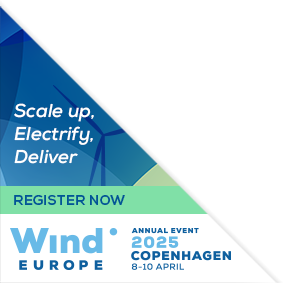Posters
Siblings:
ProceedingsProgrammeSpeakersPostersContent PartnersPowering the FutureMarkets TheatreResearch & Innovation in actionStudent programmePresenters dashboardCome meet the poster presenters to ask them questions and discuss their work
We would like to invite you to come and see the posters at our upcoming conference. The posters will showcase a diverse range of research topics, and will give delegates an opportunity to engage with the authors and learn more about their work. Whether you are a seasoned researcher or simply curious about the latest developments in your field, we believe that the posters will offer something of interest to everyone. So please join us at the conference and take advantage of this opportunity to learn and engage with your peers in the academic community. We look forward to seeing you there!
PO293: Wave forecast six weeks ahead in time optimises vessel crew planning
Simon Jacobsen, Meteorologist, DHI A/S
Abstract
Installation of an offshore wind farm during the late part of the installation season when the weather deteriorates can be costly if you keep too many crews on standby and the weather is very poor. Furthermore, you can also miss periods with favourable weather conditions if you send your crews home too early. To assist in vessel and crew planning a medium range forecast tool was developed. The tool was based on two sets of wave data: * 51 wave forecast ensembles from the global wave forecast model run by the European Centre or Medium-range Weather Forecasts (ECMWF) covering a period of 6-7 weeks into the future, * A high-resolution wave hindcast model covering the historical period 1979-2021 Both datasets were analysed with respect to weather windows of a duration of 12 hours and limits on wave heights of 2.0 m and 2.8 m. Both data sets were able to provide probabilities, based on 51 ensembles for the forecast and based on 43 years for the historical data. On a weekly basis the tool presented the probability of having the desired weather windows in the forecast and how it compared to the historical data. Ensemble plots were also included to illustrate the agreement between the different forecast ensembles. Often the ensembles agreed well for the first 7-14 days followed by a larger spread but still providing general trends. The main benefit was that offshore construction teams were able to plan activities and vessels reliably up to 3 weeks ahead, with estimates of workable weather windows up to 6 weeks ahead- a significant benefit over attempting to plan tasks using only standard 7-day weather forecast services.










